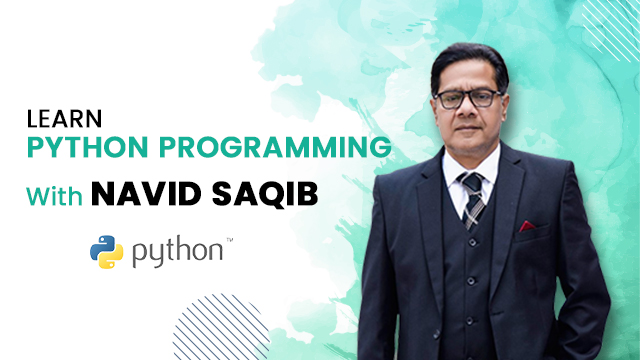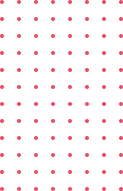Python Programming : Basic Course
O-Level 2210 students can learn this as basic-level programming.
- Introduction to Python
- What is Python?
- Features and uses of Python
- Installing Python and IDEs (IDLE, PyCharm)
- Running a Python program
- Basic Programming Concepts
- Algorithms and flowcharts
- Understanding programs: input → process → output
- Python syntax and indentation
- Writing and running simple programs
- Data Types and Variables
- Data types: integer, float, string, Boolean
- Variable declaration and assignment
- Constants
- Type conversion (casting)
- Operators and Expressions
- Arithmetic operators: +, -, *, /, //, %, **
- Relational operators: ==, !=, >, <, >=, <=
- Logical operators: and, or, not
- Assignment operators: =, +=, -=, *=, /=
- Operator precedence
- Input and Output
- Using input() to take user input
- Displaying output using print()
- Formatting output (f-strings, concatenation)
- Control Structures
Conditional Statements
- if, elif, else
- Nested conditions
- Loops
- for loops (with range)
- while loops
- Nested loops
- Loop control: break, continue, pass
- Strings and String Manipulation
- String indexing and slicing
- String methods: .upper(), .lower(), .strip(), .replace(), .split(), .join()
- Concatenation and repetition
- Lists and List Operations
- Creating lists
- Accessing, modifying, and deleting elements
- List methods: .append(), .insert(), .remove(), .pop(), .sort(), .reverse()
- Iterating through lists
8 a). Searching and Sorting
- Linear search
- Binary search
- Bubble sort11. Functions
9.Defining functions using def
Function parameters and return values
- Local and global variables
- Scope and lifetime of variables
- Built-in functions vs user-defined functions
- File Handling
Opening and closing files
- Reading from a file (read(), readline(), readlines())
- Writing to a file (write(), writelines())
- File modes: r, w, a, r+
- Error Handling
- Common runtime errors
- Syntax errors and logical errors
- Using try, except blocks
- Simple Data Structures
- Using lists in programs
- Practical applications in O-Level programming questions
- Modular Programming
- Breaking code into modules
- Importing modules and using built-in modules (math, random)
- Practical Programming Techniques
- Writing structured Python programs
- Reading problem statements carefully
- Testing and debugging programs
- Writing pseudocode and converting to Python
Course Content
1. Introduction to Python
-
What is Python?
03:16 -
Features and uses of Python
03:37 -
Installing Python and IDEs (IDLE)
03:57 -
Running a Python program
2. Basic Programming Concepts
3.Data Types and Variables – done
4.Operators and Expressions
5.Input and Output
6.Control Structures
7.Strings and String Manipulation
8.Lists and List Operations
8 a). Searching and Sorting
9.Defining Procedure and functions using def
10.File Handling
11. Error Handling
12. Simple Data Structures
13. Modular Programming
14. Practical Programming Techniques
A course by

Navid Saqib
Computer Science Teacher
Student Ratings & Reviews

No Review Yet





